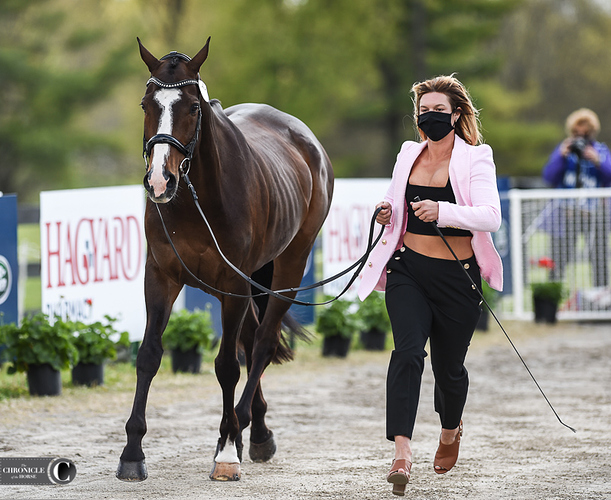Just curious, because I’ve come across some very skinny sales horses. It can be hard to see in pics and videos, but then you show up in person and realize the horse basically needs to gain a quarter of its body weight.
These are TBs 6-12 months off the track, and in fairness, maybe it’s just not cost effective to get them to a good body weight before flipping them. But to me, the main hesitation proceeding with a sale on one of those guys is the concern that all the “restarting” training they allegedly got is just a poorly conditioned horse that’s too out of it to have many opinions about the task it’s faced with. Like they’ll jump around a hunter course at an off-property show now, but put weight on and that quiet, sane horse is gone?
I’m kind of asking because there’s one trainer in particular whose sales horses intrigue me, but who seem to follow this pattern. It’s crazy how dead quiet and beautifully performing her baby Tb hunters are, even with literally just weeks of training. But they are all way too skinny!

